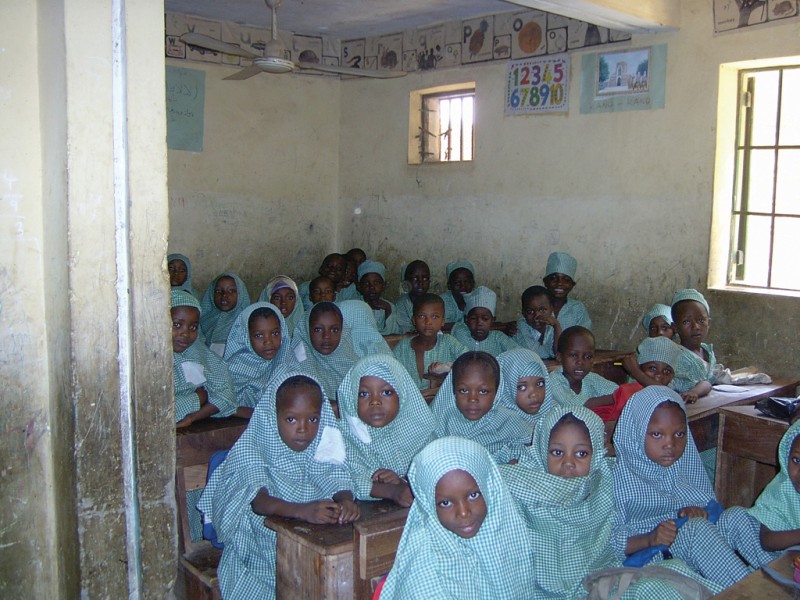NIGERIA:
30 Percent Almajiri Students are Girls, USAID Study RevealsDecember 16, 2009

USAID recently funded a study using the Creative Associates’s State Education Sub-Accounts methodology in Nigeria’s northern capital cities of Kano and Gusau. In a striking result, 30 percent of the 1.6 million students attending Almajiri (Qur’anic) schools are girls, revealing that parents in certain communities are willing to pay to give their daughters a religious education.
Based on the State Education Account (SEA) methodology, the USAID study in Kano and Gusau assessed education expenditures in the non-formal Almajiri school system for the 2007-2008 school year. Financing for these schools fall mostly to parents and communities because the Almajiri schools offer religious education.
“Almajiri schools are usually male only schools,” said Deepika Chawla, Senior Associate at Creative Associates International, which implemented the Education Account on behalf of USAID. “In fact, when we got the results the immediate reaction was that it was impossible. There were ‘no’ girls in the Almajiri system.”
At first dismissed as incorrect data, the team had to further inquire with Imams as to the validity of results showing girl students at Almajiri schools. Since additional inquiries proved the data correct, the Education Account carried out in Kano and Gusau provide the first documentation that girls are receiving religious education.
According to Phyllis Forbes, a Creative technical director who helped direct the study, policy planning for the religious education sector was carried out based on ad hoc information suggesting that girls were excluded. Therefore, it was difficult to formulate policy to meet the country’s education goals without adequate facts about where why and how education expenditures flow.
“The Education Account gave Nigerian policymakers and donors, including USAID, hard data on the ‘financial pulse’ of the Almajiri school sector on which to review and base education policy decisions,” Forbes said.
In the Kano metropolitan area, the USAID-funded Education Account found that 98 percent of financing came from the private sector and only 2 percent of expenditures were provided by the public sector. Private sector funding in Kano accounted for teacher stipends, upkeep and provision of shelter including boarding facilities (for males only) and educational resources. In Gusau, the capital of Zamfara and a predominantly Shia state, however, the study showed that the public sector contributed more than half of the financial support provided to Almajiri schools. Still, in both Kano and Gusau over 70 percent of private expenditures came from households.
“To date, all accounts of students in schools have had a gap where females were unaccounted for,” said Chawla. “These findings can have impact on policy. If these girls are attending Almajiri schools, it may be worthwhile for the government to work with Imams to have lay teachers come in to teach literacy and other subjects.”
